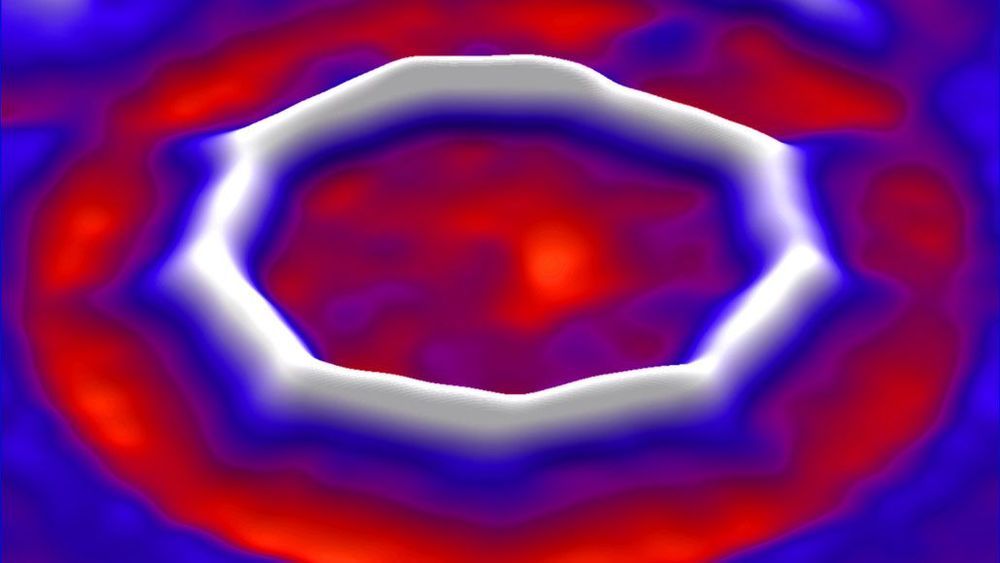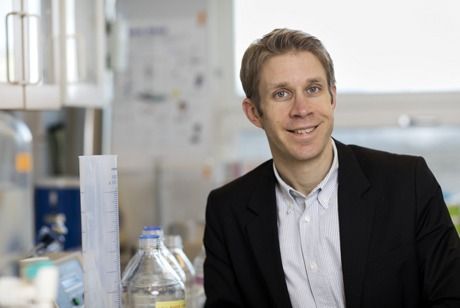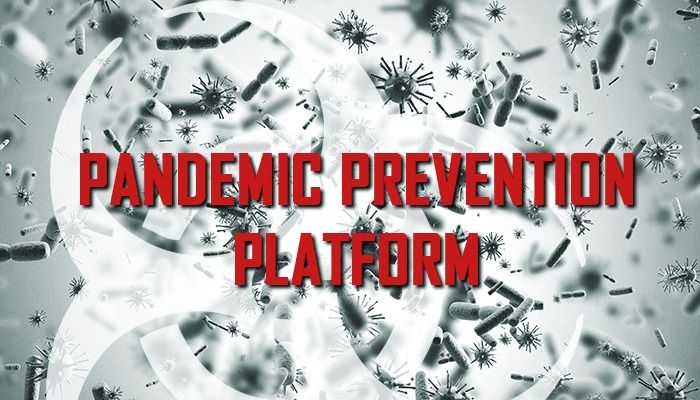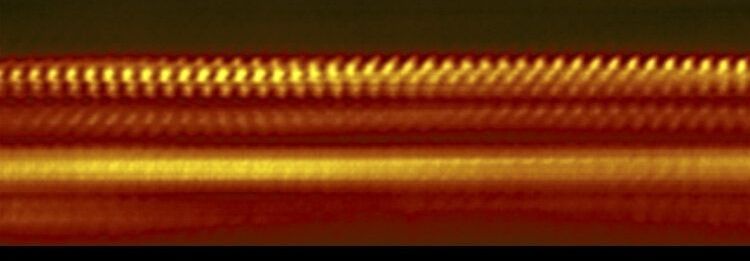One day, who knows when, artificial intelligence could hollow out the job market. But for now, it is generating relatively low-paying jobs. The market for data labeling passed $500 million in 2018 and it will reach $1.2 billion by 2023, according to the research firm Cognilytica. This kind of work, the study showed, accounted for 80% of the time spent building AI technology.
Is the work exploitative? It depends on where you live and what you’re working on. In India, it is a ticket to the middle class. In New Orleans, it’s a decent enough job. For someone working as an independent contractor, it is often a dead end.
There are skills that must be learned — like spotting signs of a disease in a video or medical scan or keeping a steady hand when drawing a digital lasso around the image of a car or a tree. In some cases, when the task involves medical videos, pornography or violent images, the work turns grisly.








